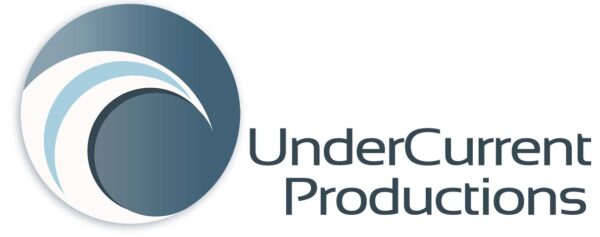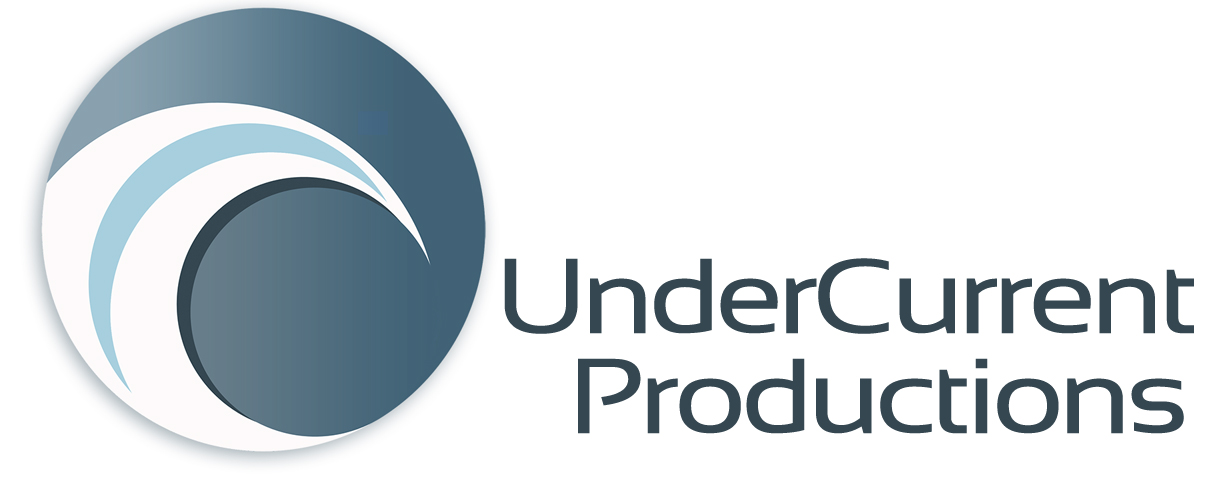Years after an earthquake and tsunami rocked Fukushima, Japan, we’re still not sure if it’s safe to swim in or eat fish from the Pacific.
Research by scientists at the Woods Hole Oceanographic Institution (and others) indicate that the radiation that leaked into the ocean after the partial meltdown of Fukushima Dai’ichi is restricted to the waters off of Japan. But with such an unprecedented event, they know they need to continue to monitor a huge area on both sides of the Pacific in order to be sure.
And unfortunately, the federal deficit crisis has caused a huge fallout in science funding.
But as they say, necessity is the mother of invention. Rather than throw up his hands at the lack of government funding to monitor radiation in the Pacific, WHOI marine geochemist Ken Buesseler decided to use a fundraising tool that we’re familiar with as independent filmmakers. By crowdsourcing his research, Buesseler is not only getting the money he needs, he is getting seawater samples from a vast area that would be very expensive to obtain on his own.
In addition, he’s enlisting the support of resident researchers who not only take the water samples, they suggest where to do it. Best of all, he is raising awareness about a globally important issue— and giving people who are concerned about radiation in our seawater the chance to do something about it.
As video producers who sometimes wonder if our work is making enough of an impact, we’re truly glad to be part of this effort, in conjunction with the WHOI communications team.
Already, the project has attracted funding for sampling in eight locations, from Hawaii to California to British Columbia. One doesn’t have to be a resident of these areas to donate! Anyone in the world can send a donation that will allow sampling and chemical analysis to happen.
Find out more information at OurRadioactiveOcean.org —and check out the video, below.







